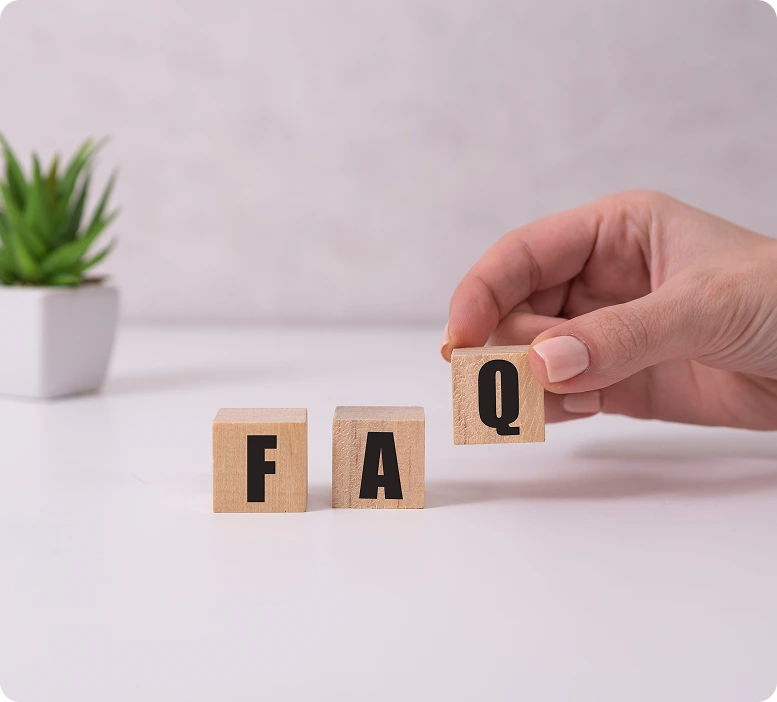Layer 1 Blockchain
Layer 1 blockchain refers to the main, foundational blockchain network that handles its own consensus, security, and transaction validation without relying on another blockchain. Examples include Bitcoin, Ethereum, and Solana. It is called “Layer 1” because it serves as the base layer upon which other scaling solutions (Layer 2) or interoperable networks (Layer 0) can be built. Layer 1 blockchain is the core blockchain network that operates independently, managing its own ledger, consensus, and network rules. It forms the backbone for all decentralized applications (dApps), token economies, and digital assets running on that chain. All transactions, from cryptocurrency transfers to smart contract executions, occur directly on the Layer 1 network.


Layer 1 Blockchain Solutions – Secure, Scalable, and Decentralized
Layer 1 blockchain solutions provide the base infrastructure for decentralized networks, handling native consensus, transaction validation, and security. These solutions empower enterprises, developers, and decentralized applications (dApps) to operate directly on the blockchain, offering secure, scalable, and fully decentralized operations. Layer 1 is the foundation upon which Layer 2 scaling solutions and interoperable Layer 0 networks are built.
Enterprise Blockchain Solutions on Layer 1 – Native, Scalable, and Decentralized
Layer 1 enterprise blockchain solutions provide the core infrastructure for secure and efficient business operations. As the base layer of the blockchain ecosystem, Layer 1 handles native consensus, transaction validation, and security, enabling enterprises to build high-performance, decentralized applications directly on the blockchain. These solutions are ideal for organizations seeking scalable, auditable, and tamper-proof systems without relying on secondary networks.

Native Security and Consensus
Layer 1 blockchains use their own consensus mechanisms—such as Proof of Work (PoW) or Proof of Stake (PoS)—to validate transactions and secure the network, ensuring trustless operations for enterprise use.

High Scalability and Performance
Modern Layer 1 solutions are optimized for high transaction throughput, low latency, and reliable performance, supporting complex enterprise workflows and large-scale applications.

Full Decentralization
Transactions are validated by a distributed network of nodes, reducing reliance on central authorities and ensuring transparency and resilience.

Smart Contracts and Enterprise dApps
Layer 1 platforms support programmable contracts and applications that automate business processes, financial transactions, and multi-party agreements securely.

Native Tokens and Utilities
Enterprise Layer 1 blockchains have their own digital assets or utility tokens, which can be used for transaction fees, governance, and incentivization of participants.

Auditability and Compliance
Every transaction and operation is recorded immutably on the blockchain, making it easy for enterprises to maintain regulatory compliance and transparent audit trails.
Layer 1 Enterprise Blockchain Solutions – Native, Scalable, and Transparent
Layer 1 enterprise blockchain solutions provide the core infrastructure for secure and high-performance decentralized networks. Operating directly on the base blockchain, these solutions handle native consensus, transaction validation, and network security, enabling enterprises to implement scalable, transparent, and tamper-proof business processes. Layer 1 serves as the foundation for enterprise applications without requiring additional layers, ensuring maximum reliability and efficiency.

Layer 1 Enterprise Blockchain Infrastructure – Native, High-Performance, and Transparent
Layer 1 enterprise blockchain infrastructure provides the foundation for secure, high-performance, and fully decentralized networks. By operating directly on the base blockchain, enterprises can leverage native consensus, transaction validation, and smart contract execution to build scalable and transparent decentralized applications (dApps) without relying on additional layers. This infrastructure ensures that businesses can implement robust, efficient, and auditable blockchain solutions tailored to enterprise needs.
FAQ
What is a Layer 1 blockchain?
Layer 1 blockchain is the base or main blockchain network that operates independently, handling its own consensus, security, and transaction validation. Examples include Bitcoin, Ethereum, Solana, and Cardano.
How does Layer 1 differ from Layer 0 and Layer 2?
Layer 0: The foundational network infrastructure that connects multiple Layer 1 blockchains and enables interoperability.
Layer 1: The primary blockchain network that validates transactions and maintains security natively.
Layer 2: Scaling solutions built on top of Layer 1 to improve transaction speed and reduce fees.
Why is Layer 1 important for enterprises?
Layer 1 provides native security, decentralization, and auditability, making it ideal for enterprise-grade applications, smart contracts, and decentralized workflows.
What are the key benefits of Layer 1 blockchain?
Native consensus and security
High performance and scalability
Support for smart contracts and dApps
Can Layer 1 blockchains support DeFi and NFTs?
Yes. Layer 1 platforms like Ethereum, Solana, and Avalanche allow developers to build decentralized finance applications and NFT marketplaces directly on the base chain.
What are some popular Layer 1 blockchains?
Bitcoin (BTC): Secure, peer-to-peer digital currency.
Ethereum (ETH): Programmable blockchain for smart contracts and dApps.
What challenges do Layer 1 blockchains face?
Scalability constraints during high usage
High transaction fees in congested networks
Energy consumption in Proof of Work blockchains

